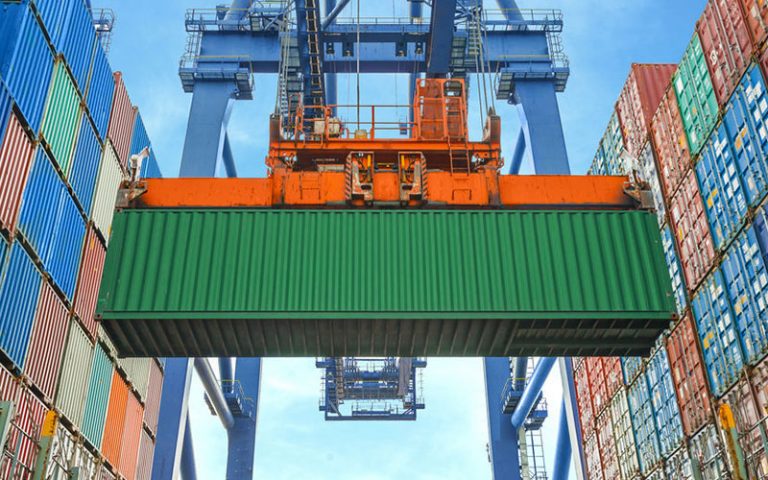The International Maritime Organization’s Low Sulphur Regulation is entering its sixth month of implementation. Widely referred to as IMO 2020, the regulation is designed to limit the ocean shipping sector’s emissions of sulphur, a chemical that’s been linked to problems like climate change and a range of adverse effects on public health.
To date, the COVID-19 crisis has prevented us from getting a true sense of how carriers and shippers have adjusted. The pandemic sent fuel prices plunging. Demand for ocean freight has fallen, and carriers have responded by pulling capacity from the market by “blanking” or cancelling scheduled sailings and multi-stop “strings.”
What we know about IMO so far: The impact on overall transportation costs has been minimal in light of the sharp drop in bunker fuel prices. Compliance with the new emissions rules has been nearly 100%. And reports indicate that air quality in port areas has improved.
Looking ahead, advanced bookings suggest that demand for ocean freight has bottomed out and could begin growing soon. Shippers will need to stay aware of changing market conditions and plan accordingly, particularly when it comes to fuel prices, turnaround season and the gradual return of normal structural patterns that accompany global trade.
Ahead of IMO’s Jan. 1 implementation, there were fears that the regulation would create disruption and confusion for shippers. The concern was that they would struggle to absorb higher costs passed on by carriers, which are obliged to shift to more expensive, low-sulphur fuel or to install special ‘scrubber’ devices that trap emissions. Those fears now seem overblown.
If the regulation can help global shipping to align with our social goals, then IMO 2020 is a step in the right direction. As Cas Pouderoyen, Senior Vice President of Ocean Freight at Agility, pointed out to CNBC, the two big winners of the regulation will be “humankind and nature.”
